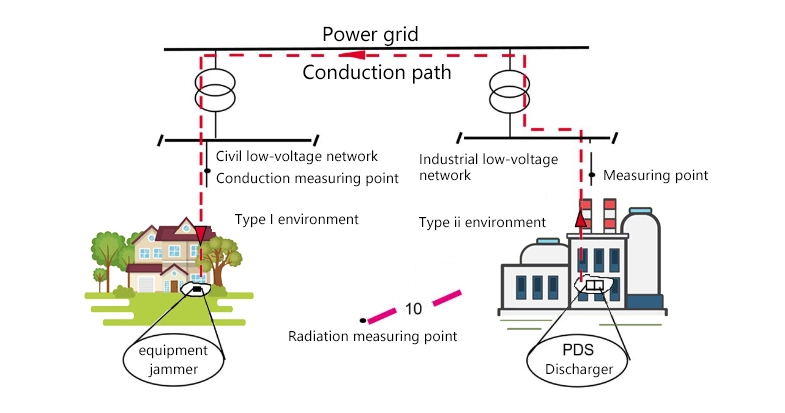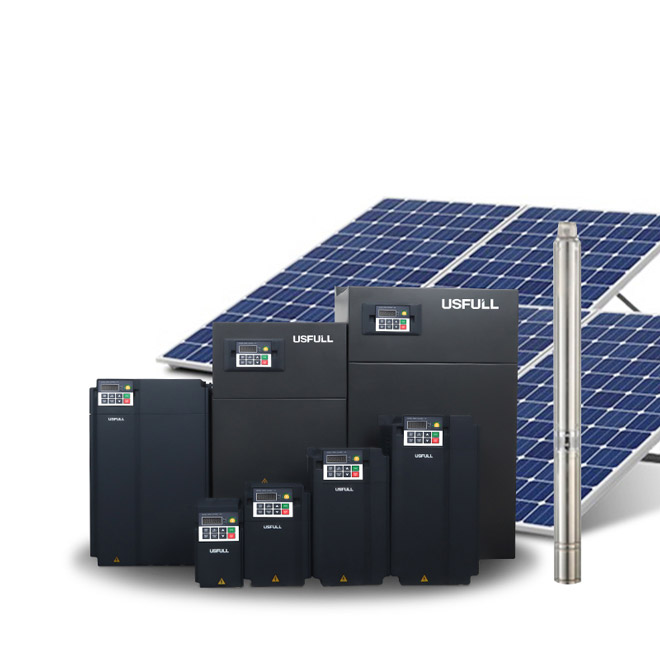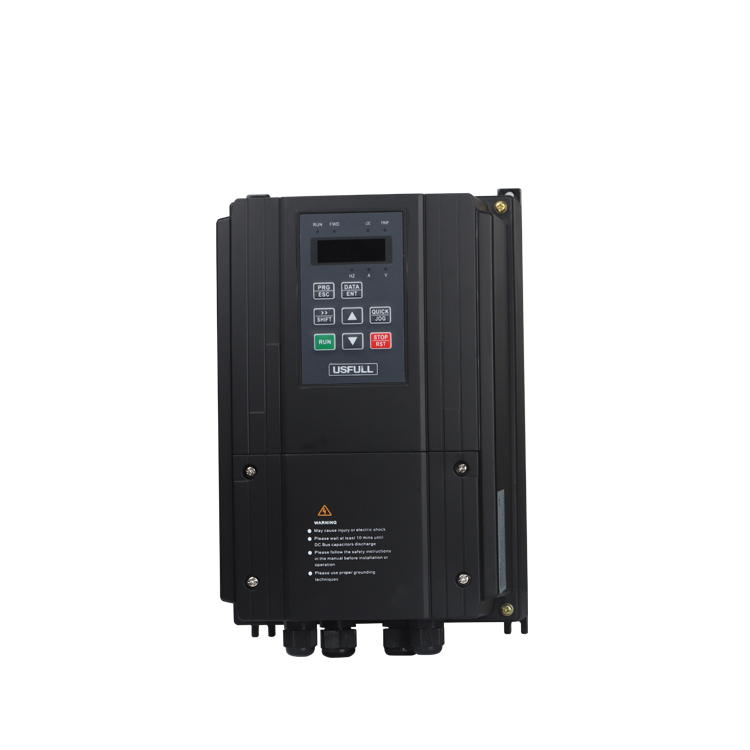Electromagnetic Compatibility (EMC) plays a crucial role in modern electronics, especially in variable speed drive systems like Frequenzumrichter, Antriebe mit variabler Frequenz (VFDs). In this article, we will explore the meaning of EMC, its relevance to variable Frequenzumrichter, and the standards that govern it.

What Is EMC?
EMC stands for Electromagnetic Compatibility, defined as the ability of equipment or systems to function properly in their electromagnetic environment without causing unacceptable interference to other devices. As power electronics and microelectronics are increasingly integrated into complex systems, ensuring EMC compliance has become a critical consideration from the design and planning stages. This involves selecting suitable cables, determining wiring configurations, and implementing filters or suppression measures where needed.
EU Standards for Variable Speed Low Voltage Drive Systems
In the European Union, EMC compliance is a legal requirement under the EMC Directive 2004/108/EC (now replaced by 2014/30/EU). It ensures that electrical and electronic devices do not emit or are not affected by electromagnetic interference. For Antriebe mit variabler Frequenz, adherence to EU standards supports free trade and ensures compatibility across the European Economic Area.
Two key directives influence low-voltage drive systems like Wechselrichter-VFDs:
- Low Voltage Directive (2006/95/EC): Governs electrical safety.
- EMC Directive (2004/108/EC): Governs electromagnetic compatibility.
These directives are incorporated into national laws, forming the basis for legal enforcement within EU countries.
What Is the EMC Standard for Frequency Inverters?
Devices that emit or are susceptible to electromagnetic interference must comply with EMC standards. Variable frequency inverters fall into this category. Compliance can be demonstrated using product-specific standards. For Antriebe mit variabler Frequenz, the primary standard is EN 61800-3, which applies to Power Drive Systems (PDS) and defines:
- Requirements for interference immunity.
- Limits for electromagnetic emissions.
This standard considers the entire drive system, including the inverter, motor, and associated equipment.
Key Terms in EN 61800-3:
- PDS (Power Drive System): The complete drive system, including the inverter, motor, and additional components.
- CDM (Complete Drive Module): A fully integrated inverter system, such as a drive cabinet.
- BDM (Basic Drive Module): A standalone inverter module.
Categories and Environments
The standard categorizes systems into four classes (C1 to C4) based on their environment and specifications:
- C1: Drives rated <1000V for use in residential environments with minimal restrictions.
- C2: Drives rated <1000V for industrial use but can be installed in residential settings by qualified personnel following installation guidelines.
- C3: Drives rated <1000V for unrestricted use in industrial environments.
C4: Drives rated ≥1000V or current ≥400A for complex industrial systems.
| PDS speed-adjustable drive system | ||||
| Environment | 1. Environment (residential area, commercial area and handicraft area) (civil power grid) |
2. Environment (Industrial area) (Industrial network coupled by separation transformer) |
||
| Category | C1 ¹ | C2 ² | C3 ³ | C4 ⁴ |
| Voltage, Current | <1000V | ≥ 1 000 V OR ≥ 400 A |
||
| Power grid system | TN,TT | TN,TT,IT | ||
| Professionals | No requirements | Installation and commissioning must be carried out by professionals | ||
Environmental Classes:
- First Environment: Civil environments directly connected to public low-voltage power supplies. These require low interference emissions and lower immunity.
- Second Environment: Industrial settings powered via isolation transformers. These tolerate higher emission levels but require robust immunity.

Why Is EMC Important for Variable Speed Drives?
For devices like Frequenzumrichter und drehzahlvariable Antriebe, EMC ensures smooth operation in a shared environment. Poor EMC can lead to system malfunctions, reduced efficiency, and even damage to equipment. Manufacturers of Antriebe mit variabler Frequenz must provide clear guidance on installation and operation to help system integrators achieve compliance.
Responsibility for EMC Compliance
While the inverter manufacturer ensures the device meets EMC standards, the system integrator or original equipment manufacturer (OEM) is ultimately responsible for ensuring the entire system complies with EMC requirements. This includes proper cable routing, grounding, and installation of additional filters or shields if necessary.
Schlussfolgerung
EMC compliance is indispensable in the design and application of variable Frequenzumrichter and other drive systems. Standards like EN 61800-3 provide a clear framework for ensuring compatibility, reducing interference, and enhancing reliability in industrial and residential environments. By understanding and adhering to EMC guidelines, engineers can design systems that operate seamlessly, minimizing disruptions and maximizing efficiency.



